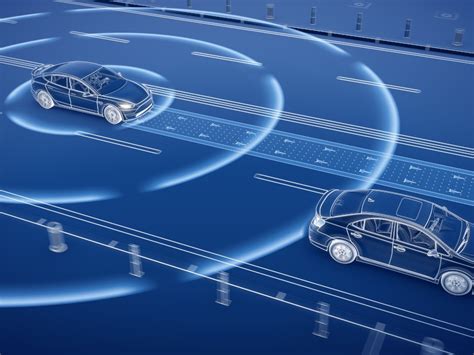The contentious path to fully autonomous driving technology is fraught with technical, ethical, and legislative hurdles. A recent incident involving a Tesla driver purportedly found asleep at the wheel on a Swedish highway has reignited discussions surrounding the technology’s reliability and regulatory requirements. While the incident statues as a standalone example, it underscores a significant debate on the future of driving and the implications of autonomous vehicles on road safety and liability.
The juxtaposition in public opinion on autonomous driving is stark and reflects a broader discourse on technology and its pace of adoption. Some see autonomous vehicles as an inevitable advancement that should be expedited and even mandated, akin to previous safety innovations such as seatbelts. Others argue the technology is still in its infancy, requiring further refinement before widespread implementation. History reveals technology adoption is seldom a swift process; it is incremental and often meets societal and technical resistance.
For example, discussions around innovation often draw parallels to other technological adoptions. The timeline for the widespread acceptance of seatbelts, introduced in 1959 and not mandatory in all American states for many years, is a testament to the gradual nature of technology adoption in society. This goes on to show that embedding something as radical as autonomous driving into the tapestry of daily utilitarian functions is a long-haul journey fraught with setbacks, regulatory scrutiny, and a requisite evolution in societal attitudes.
Technically, while companies like Tesla are advancing capabilities with successive software updates, claiming higher safety than human drivers, skepticism remains. Some argue that real-world application paints a different picture, with system imperfections and limitations in current artificial intelligence technologies not fully accounting for unpredictable human behavior or complex scenarios. The discourse often circles back to whether the technology can reliably perform as intended, which is a crucial aspect of mainstream acceptance.
Furthermore, the insurance implications of autonomous vehicles present another layer of complexity. The debate extends to how liability is framed in accidents involving autonomous vehicles and how insurance premiums might adapt to new technology. Some suggest autonomous vehicle adoption could lead to higher premiums for manual drivers as a form of risk offset. However, determining the premium structure is intrinsically linked to the perceived safety and efficacy of autonomous systems—a topic still under intense scrutiny.
Legislation, as always, has to catch up with technology. The entire ecosystem surrounding autonomous vehicles, including legal frameworks, road infrastructure, and emergency response systems, needs a redesign to accommodate new technologies. This requires not only national but also global coordination and a thorough understanding of the implications of allowing non-human entities to make critical decisions in real-time scenarios.
As the autonomous driving technology narrative continues to unfold, industry leaders, policymakers, and the public must engage in an ongoing dialogue to address these multifaceted challenges. The goal should be to harness the potential benefits of this technology—increased safety, reduced human error—while systematically mitigating risks and ethical concerns to pave the way for a future where autonomous vehicles are not just a novelty but a daily reality.


Leave a Reply